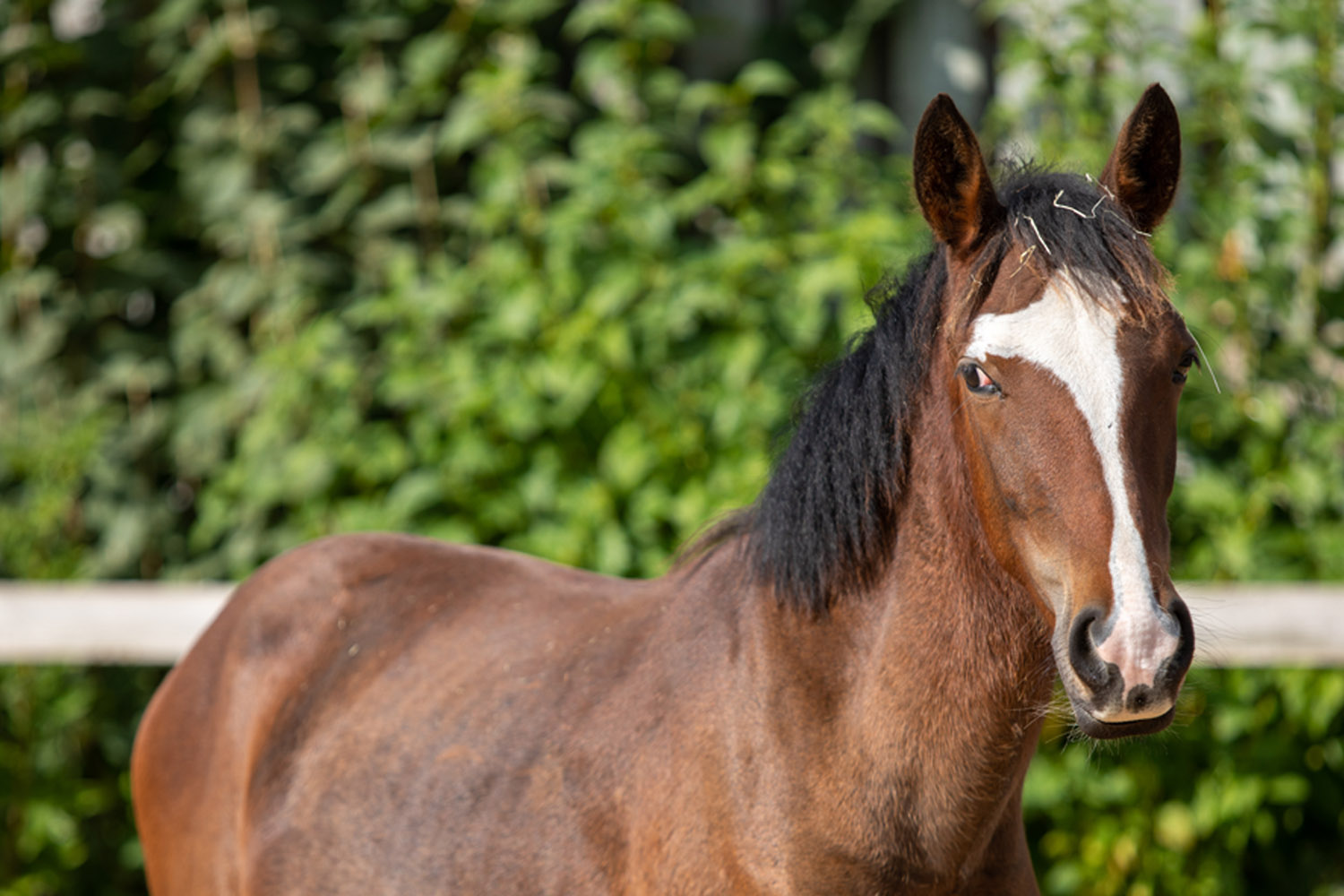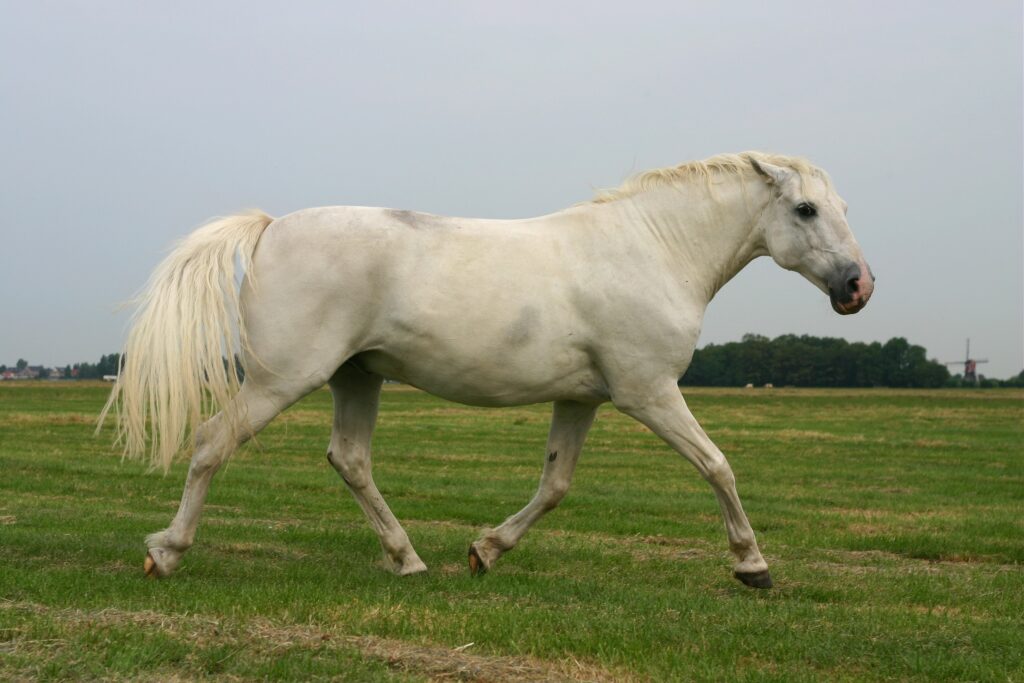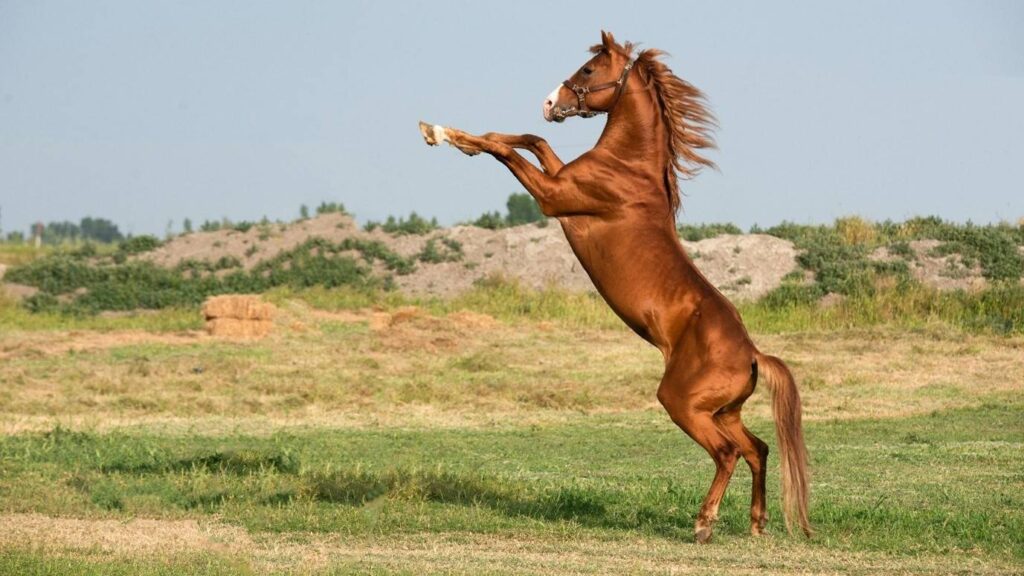When dealing with a horse, it is crucial to understand how to treat a puncture wound on a horse hoof effectively. Prompt and proper treatment is essential to ensure your horse’s health and maintain their ability to perform well. Thorough knowledge of such situations will empower horse enthusiasts to handle these conditions with confidence.
A puncture wound occurs when a sharp object penetrates the horse’s hoof, creating a small hole. This can introduce foreign material that might lead to infection if not treated correctly. A swift response can prevent further complications.

Causes of Puncture Wounds
Causes of puncture wounds include stepping on sharp objects like nails or glass. Awareness and preventive measures are beneficial in reducing the risk.
Recognizing Symptoms
Symptoms of a hoof puncture are limping, visible wounds, or unusual behavior. Its vital to observe symptoms for prompt care. In some cases, your horse might exhibit pain or discomfort.
Immediate Steps to Take
Once a puncture wound is identified, avoid removing any embedded object yourself. Call a veterinarian to assess the situation. Keeping the area clean and minimizing movement helps until professional care is available.
Contacting a Veterinarian
The veterinarian will determine the extent of the injury and might conduct an X-ray for a comprehensive assessment. They will suggest further steps for treatment.
Cleaning the Wound
After professional extraction of any object, the wound needs thorough cleaning. An antiseptic solution can prevent infection. Regular cleaning is crucial to maintain hoof health.
Applying Dressings
Apply a sterile dressing over the treated area. Changing the dressing regularly ensures the wound remains clean and healing progresses.
Administering Medications
Antibiotics may be prescribed to combat infection. Pain relief medication might also be advisable, depending on the severity of the wound.
Monitoring Progress
Observe the wound healing process closely, and ensure it does not show signs of swelling or redness. Regular check-ups are recommended to monitor progress.
Preventive Measures
Preventing puncture wounds involves clearing the horses environment of sharp objects and ensuring frequent checks of their living area. Routine hoof care plays a pivotal role.
Proper Hoof Care
Include regular trims and hoof inspections as part of a horse first aid routine.
Use of Protective Gear
Protective horse gear, such as hoof boots, can minimize risks while riding or during transport.
Training and Groundwork
Perform regular groundwork to enhance your horses resilience against potential injuries.
Consulting a Farrier
Working closely with a professional farrier ensures the best shoeing practices to protect hooves from injury.
Ensuring Proper Nail Placement
Regular consultations guarantee that horseshoes are applied with precision, lowering puncture risks.
Monitoring Hoof Balance
Ensuring horses’ hooves are trimmed and balanced will prevent uneven wear that might lead to injuries.
Understanding the Healing Process
Most puncture wounds heal over several weeks. Following a detailed care plan encourages recovery.
Know When to Seek further Assistance
If recovery does not progress as expected, seek further advice from a veterinary expert.
Additional Tips for Horse Enthusiasts
Enroll in horse first aid courses to stay prepared for emergencies. Equip your stable with appropriate equestrian gear.
Maintain a First Aid Kit
Ensure your kit includes essential items such as antiseptics, bandages, and painkillers.
Conclusion
In understanding how to treat a puncture wound on a horse hoof, consistent efforts to prevent and treat such injuries will enhance your horse’s well-being and performance. This dedication will help maintain their health and vitality for years to come.

FAQ
Can I treat a puncture wound myself?
It is advisable to seek professional help to avoid complications.
What should be included in a hoof first aid kit?
Include antiseptics, bandages, and pain medication in your kit.
How can I prevent puncture wounds in horses?
Remove sharp objects from their environment and use protective gear.







